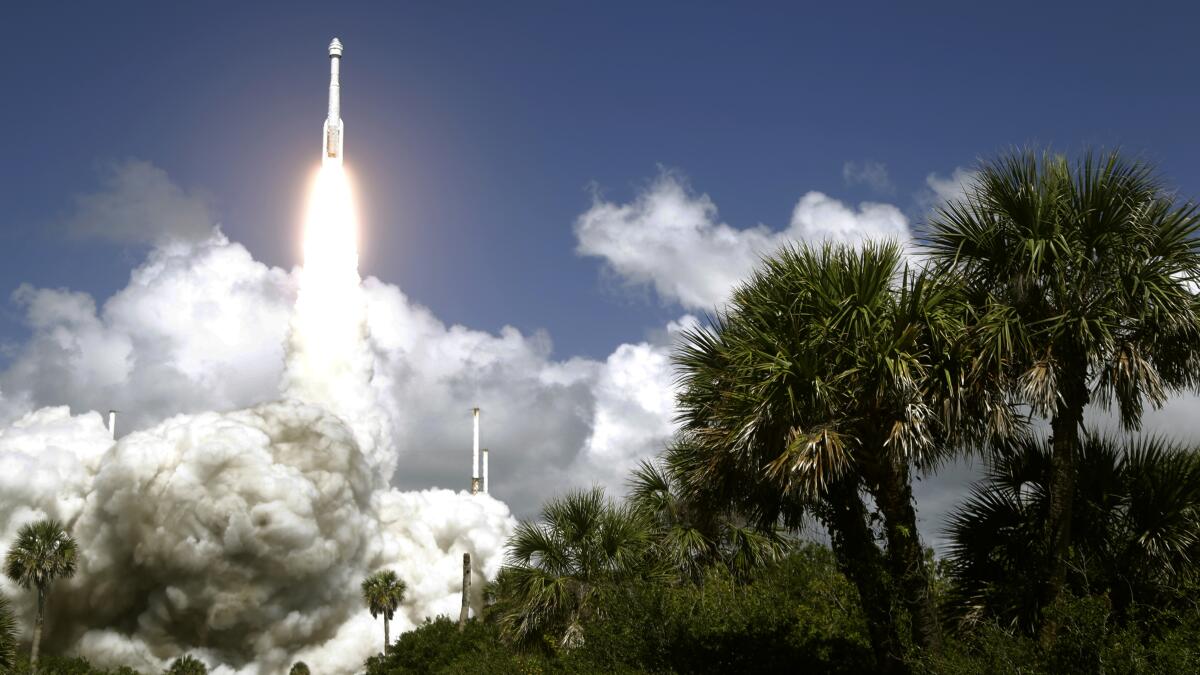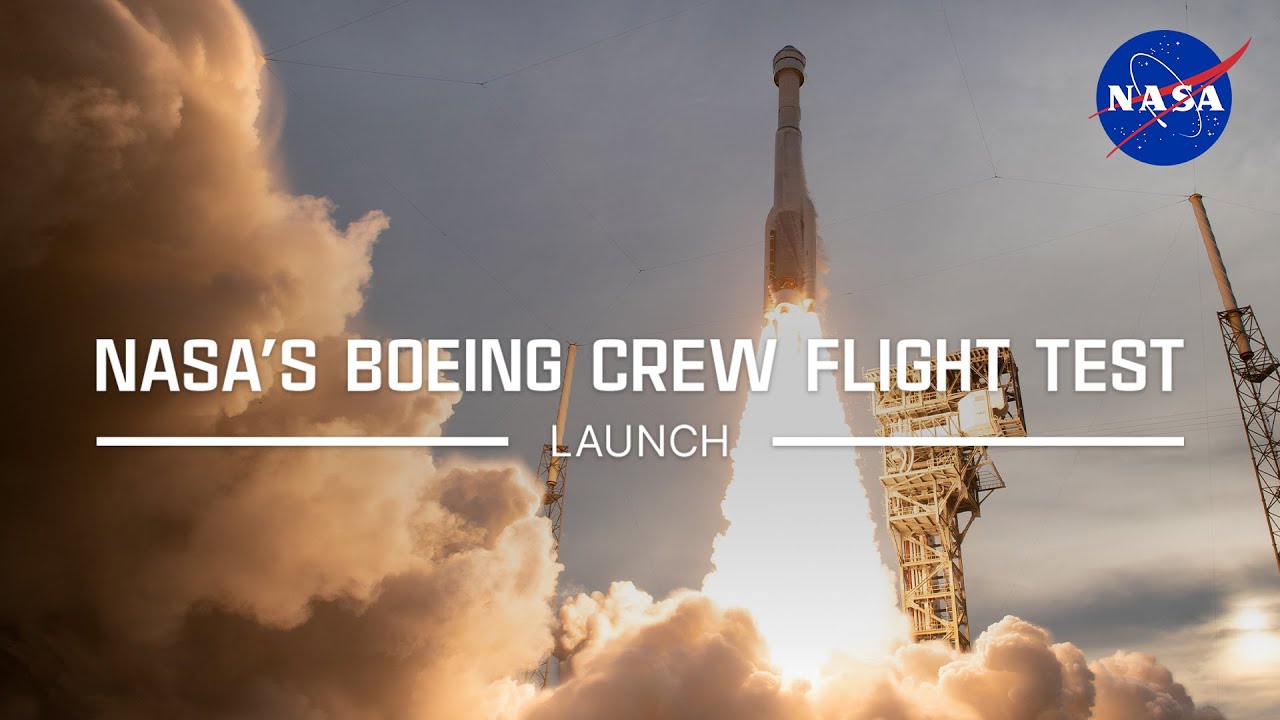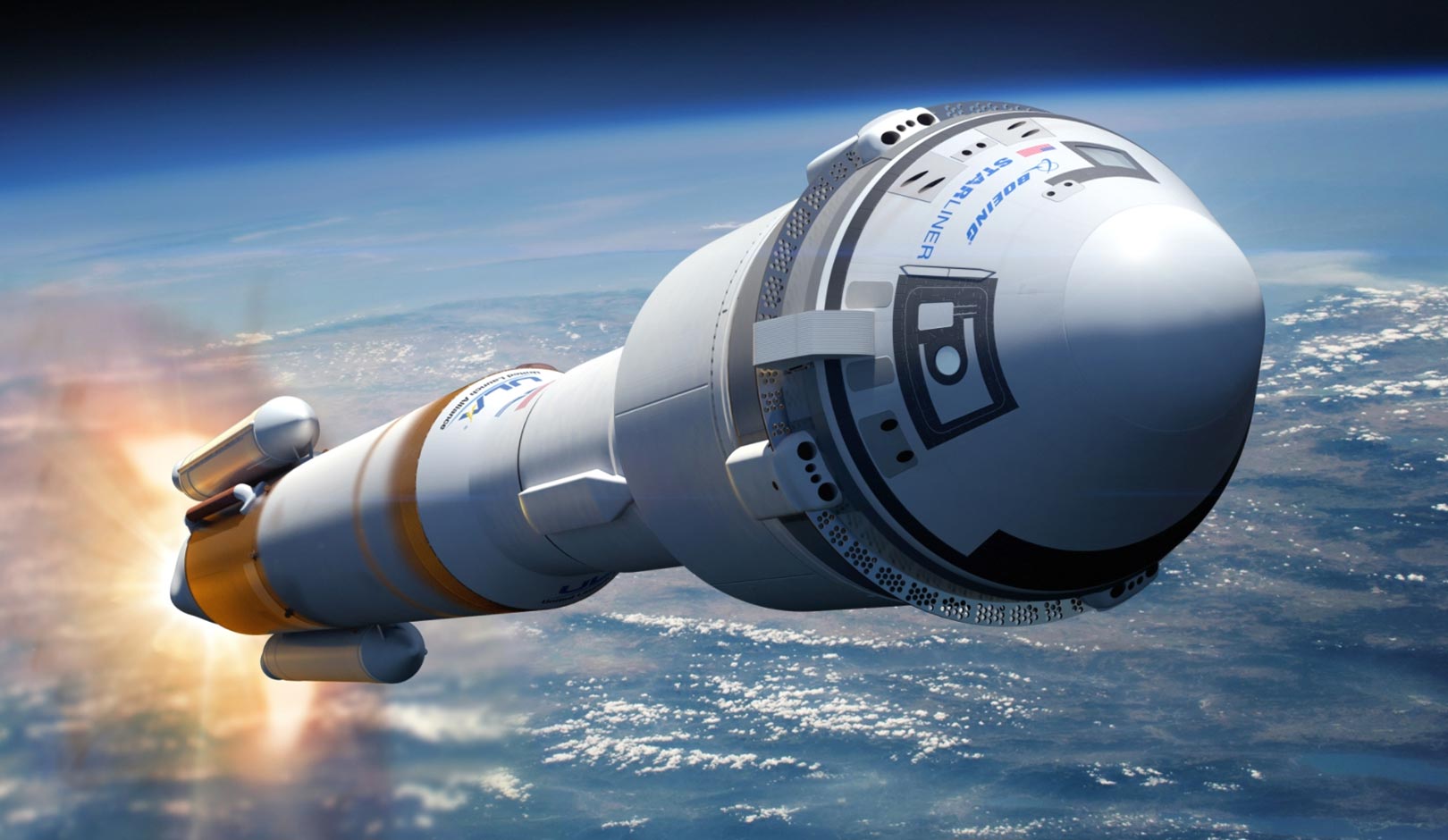NASA’s Boeing Starliner Launch

Nasa, boeing starliner launch – NASA’s Boeing Starliner launch marks a significant milestone in the space agency’s commercial crew program. This mission, scheduled for launch in 2023, aims to transport astronauts and cargo to the International Space Station (ISS) using Boeing’s CST-100 Starliner spacecraft.
The upcoming NASA Boeing Starliner launch is a highly anticipated event, and many experts are eager to see the results. Master Torbin , a renowned aerospace engineer, has been closely following the project and believes that it has the potential to revolutionize space travel.
He is particularly impressed with the Starliner’s advanced propulsion systems and its ability to dock with the International Space Station. The launch is scheduled for later this year, and Master Torbin is confident that it will be a success.
Mission Objectives
The primary objective of the Starliner launch is to demonstrate the spacecraft’s ability to safely transport crew and cargo to the ISS. The mission will also test the spacecraft’s systems, including its launch abort system, docking capabilities, and life support systems.
NASA’s Boeing Starliner launch has been eagerly anticipated, much like the release of a highly-rated movie on Rotten Tomatoes. Just as moviegoers scrutinize reviews to gauge a film’s worthiness, space enthusiasts have been closely monitoring the progress of the Starliner mission, eager to witness its successful launch and its contribution to the future of space exploration.
Significance, Nasa, boeing starliner launch
The success of the Starliner launch will be a major step forward for NASA’s commercial crew program. It will pave the way for the regular use of commercial spacecraft to transport astronauts and cargo to the ISS, reducing NASA’s reliance on Russian Soyuz spacecraft.
Additionally, the Starliner launch will provide valuable data for NASA’s future space exploration endeavors, including missions to the Moon and Mars. The spacecraft’s design and systems will serve as a model for future spacecraft used in deep space exploration.
Technical Aspects and Innovations of the Boeing Starliner: Nasa, Boeing Starliner Launch

The Boeing Starliner is a reusable spacecraft designed to transport astronauts and cargo to and from the International Space Station (ISS). It is equipped with advanced technologies that make it a significant advancement in space exploration.
Spacecraft Design and Capabilities
The Starliner is a conical-shaped spacecraft with a diameter of 4.5 meters and a height of 5.6 meters. It has a mass of approximately 13,000 kilograms and can accommodate up to seven astronauts.
The spacecraft consists of three main modules: a crew module, a service module, and a propulsion module. The crew module provides a habitable environment for the astronauts, while the service module houses the spacecraft’s systems, including power, propulsion, and communications. The propulsion module contains the main engines and fuel tanks.
Advanced Technologies
The Starliner incorporates several advanced technologies, including:
- Reusable Capsule: The Starliner’s crew module is designed to be reusable, allowing it to be used for multiple missions.
- Autonomous Docking System: The Starliner is equipped with an autonomous docking system that allows it to dock with the ISS without human intervention.
- Advanced Avionics: The Starliner’s avionics system is designed to provide high levels of redundancy and fault tolerance, ensuring the safety of the crew and the mission.
Launch Vehicle
The Starliner is launched into orbit using the United Launch Alliance (ULA) Atlas V rocket. The Atlas V is a heavy-lift launch vehicle that is capable of delivering payloads of up to 29,000 kilograms to low Earth orbit.
The Atlas V rocket consists of a first stage, a second stage, and an optional third stage. The first stage is powered by five RD-180 engines, while the second stage is powered by a single RL-10 engine. The third stage, if used, is powered by a single RL-10C engine.
Mission Timeline and Updates

The Boeing Starliner launch mission will be a complex and ambitious endeavor, involving multiple stages and milestones. Here is a detailed timeline of the mission:
Pre-launch Preparations
- Months before launch: The Boeing Starliner spacecraft and United Launch Alliance (ULA) Atlas V rocket will undergo final assembly and testing at Kennedy Space Center in Florida.
- Weeks before launch: The spacecraft and rocket will be transported to the launch pad and integrated.
- Days before launch: The launch team will conduct final checkouts and rehearsals.
Launch
The Boeing Starliner launch is scheduled for liftoff from Launch Complex 41 at Cape Canaveral Space Force Station in Florida. The launch window is expected to open on a specific date, with a backup launch date available in case of delays.
Docking with the ISS
After reaching orbit, the Boeing Starliner will perform a series of maneuvers to rendezvous with the International Space Station (ISS). The spacecraft will then dock with the ISS, where it will remain for a period of time to conduct experiments and support the crew.
Return to Earth
Once its mission at the ISS is complete, the Boeing Starliner will undock and return to Earth. The spacecraft will re-enter the atmosphere and land at White Sands Space Harbor in New Mexico.
NASA and Boeing’s Starliner launch, scheduled for this week, has captured the attention of space enthusiasts worldwide. The mission, which aims to test the spacecraft’s ability to transport astronauts to and from the International Space Station, has been highly anticipated.
However, the launch has also drawn attention to the importance of occupational safety and health, particularly in the context of osha acolyte. The successful launch of the Starliner will not only advance space exploration but also serve as a reminder of the crucial role that safety professionals play in ensuring the well-being of those involved in hazardous industries.
NASA’s much-anticipated Boeing Starliner launch to the International Space Station marks a significant milestone in space exploration. While we eagerly await the outcome of this mission, let’s not forget the captivating Rotten Tomatoes: The Acolyte review. This insightful analysis provides a glimpse into the upcoming Star Wars series, leaving us excited for its potential.
As the Starliner continues its journey, we can’t help but draw parallels to the gripping narratives and captivating performances that await us in The Acolyte.
As NASA prepares for the upcoming launch of the Boeing Starliner, it’s worth noting the importance of workplace safety. In the wake of the tragic Boeing 737 MAX crashes, the spotlight has been on companies’ adherence to safety protocols. Similarly, the osha acolyte emphasizes the crucial role of safety in preventing workplace accidents and ensuring the well-being of employees.
As NASA and Boeing embark on this ambitious mission, they must prioritize safety throughout the process, ensuring the successful and safe launch of the Starliner.